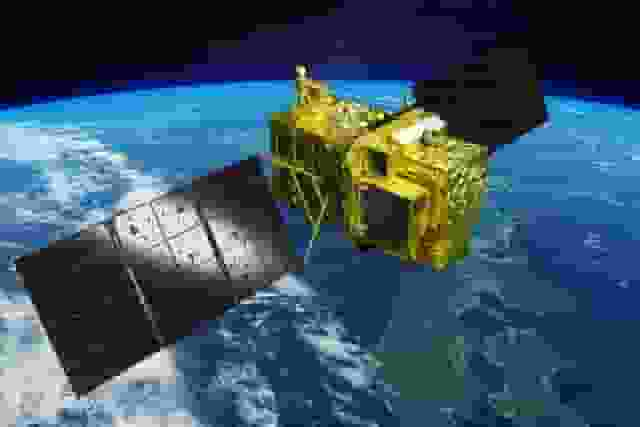
Chinese official media stated on Wednesday that China will begin developing relay satellites that, by 2030, will serve as a communication link between missions to the moon and beyond and ground operations on Earth.
According to Wu Yanhua, the head designer of China’s deep space exploration project, a pilot of the satellite constellation will support the country’s continuing lunar research program and the construction of the International Lunar Research Station (ILRS).
China And Ambitious Lunar Missions
A communications relay satellite between the far side of the moon and Earth will be launched in 2024 to support uncrewed lunar missions this decade.
This satellite is designated Queqiao-2, or Magpie Bridge-2, after a bridge built up of magpies in a Chinese story.
In that year, China intends to send the Chang’e-6 mission to the moon in order to gather lunar samples from an ancient basin located on the moon’s far side.
Around the year 2026, the Chang’e-7 mission will be launched in order to investigate the lunar resources located in the moon’s south pole in order to determine whether or not they might support human habitation over the long term.
After that, there will be a mission called Chang’e-8 around the year 2028, during which a fundamental model of the ILRS will be developed.
Up to this point, China has succeeded in recruiting representatives from both Russia and Venezuela.
Read more: NASA’s Retired Satellite Crashes Into Earth’s Atmosphere Over Sahara Desert
Plan for Manned Lunar and Deep Space Exploration

It is China’s goal to send humans to the moon by the year 2030.
According to Wu, the next phase of the project will involve the construction of a basic constellation around the year 2040.
This constellation will provide support for communications, navigation, and remote-sensing services for manned lunar and deep space exploration missions to planets such as Mars and Venus.
In the year 2020, China’s unmanned Chang’e-5 mission brought back to Earth the country’s very first lunar soil samples.
The probe was named after a mythical Chinese moon goddess.
China accomplished its first soft landing on the moon in 2013, and the country plans to become a significant space power by the year 2030.
Read more: Snapchat New AI Feature Raises Concerns For Child Safety

